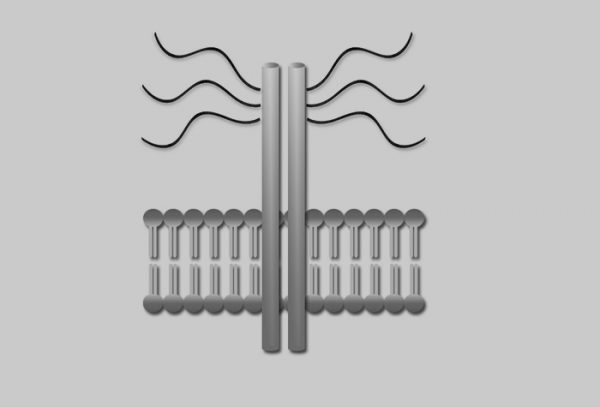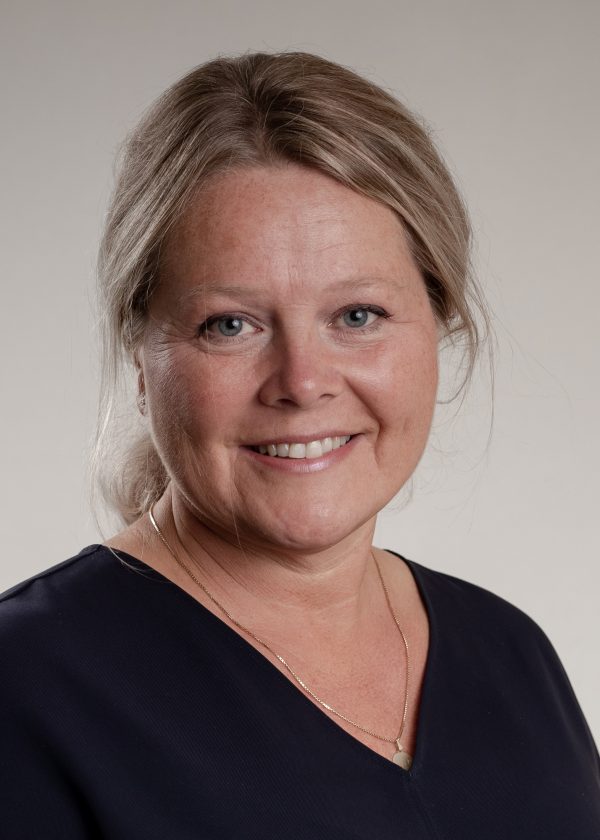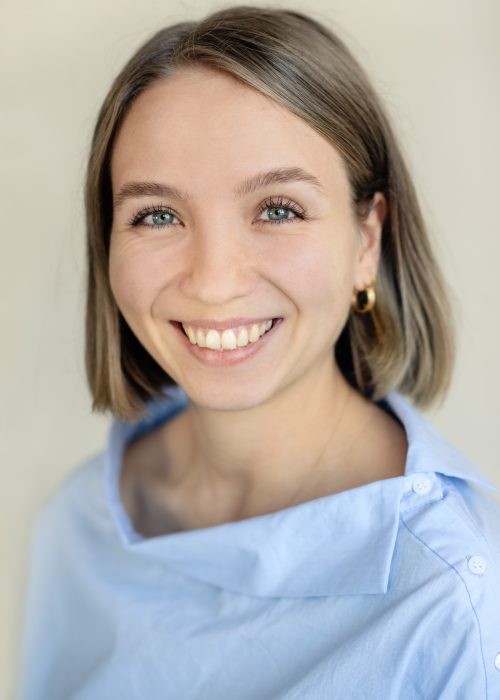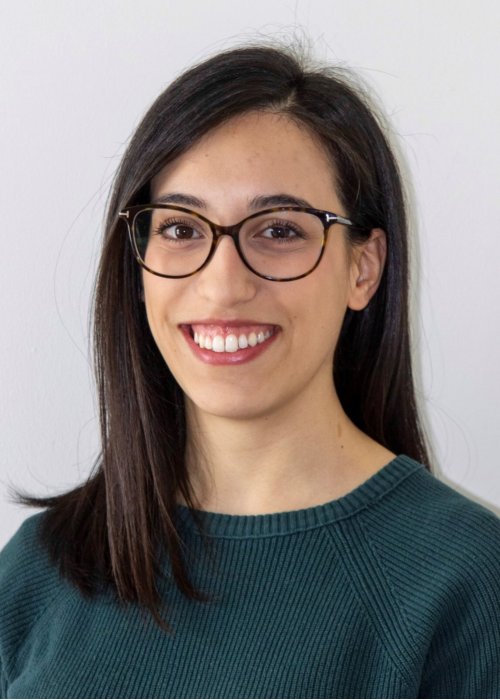In particular, our group studies anchored signaling, with focus on the syndecans, calcium/calmodulin-dependent kinase II (CaMKII) and various ion channels and exchangers involved in excitation-contraction coupling; the process which initiates the heartbeat. We are especially interested in understanding changes in the activity of these proteins during heart failure development. We have also some projects focused on examinations of skeletal muscle
During the last years, we have identified novel molecular mechanisms regulating the activities of the sodium-calcium exchanger 1 (NCX1), ryanodine receptor 2 (RYR2), and sarcoplasmic reticulum calcium ATPase 2 (SERCA2), and developed pro-drugs which modulate their activities. Recently, we have also identified the syndecan-2 and syndecan-4 interactomes, and several novel signaling pathways involved in cardiomyocyte growth and fibrosis.
In our projects, we use different molecular biology techniques combined with peptide technology. In particular, we employ Western blotting, immunoprecipitation, cell culture, transfection, mutated proteins, various imaging techniques, mass spectrometry, Biacore, ELISA-based assays, kinase and phosphatase assays, bioinformatics, adenovirus, adeno-associated virus, neonatal and adult cardiomyocytes, peptide arrays, peptide in-solution, and tissue from different animal heart failure models.

Figure 1 (left): (Carlson et al., Circ Res, 130:27–44, 2022)
Figure 2 (right): (Wanichawan et al., Front Pharmacol, 12:638646, 2021)
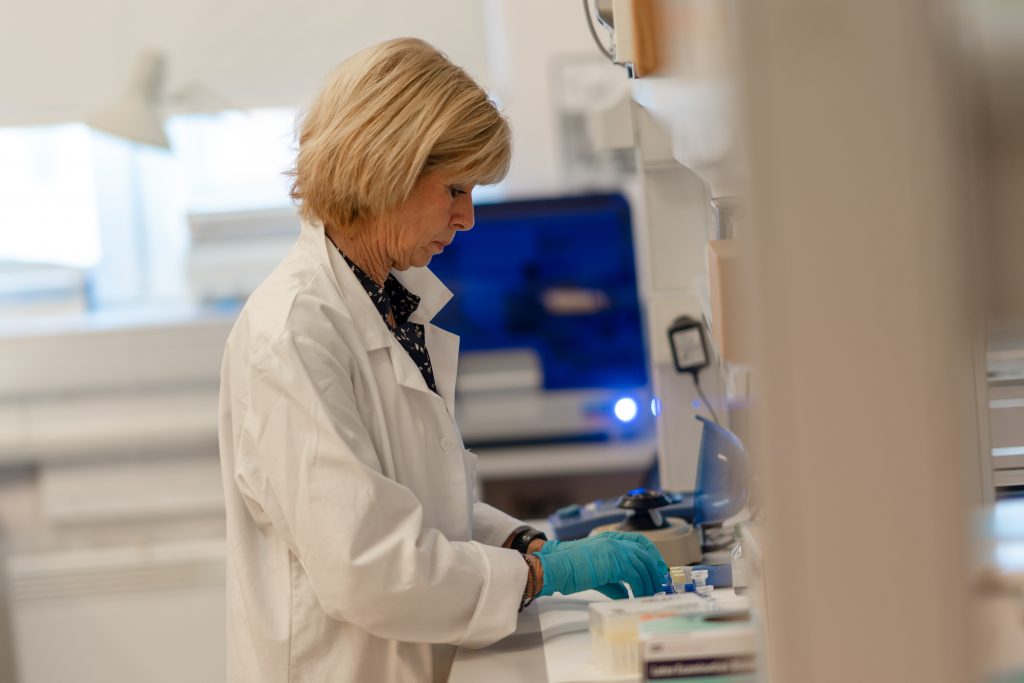
The Carlson group consists of scientists from IEMR who work closely with a high-profile network of international and national collaborators, including the core facilities for structural biology, advanced light microscopy and proteomics at Oslo University Hospital.
